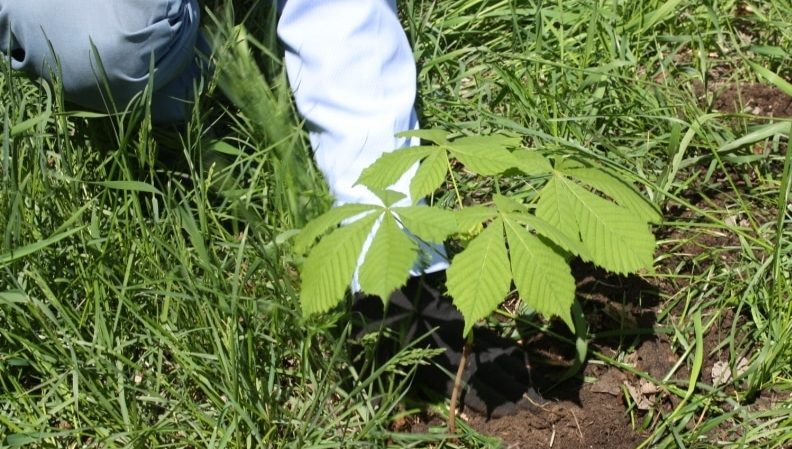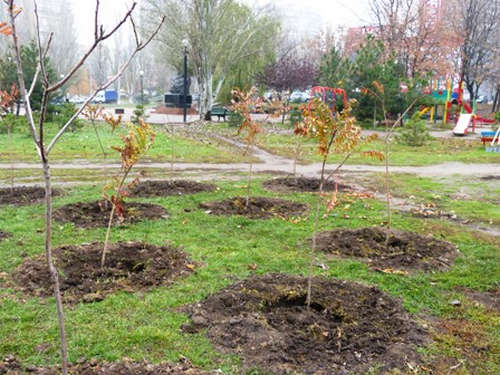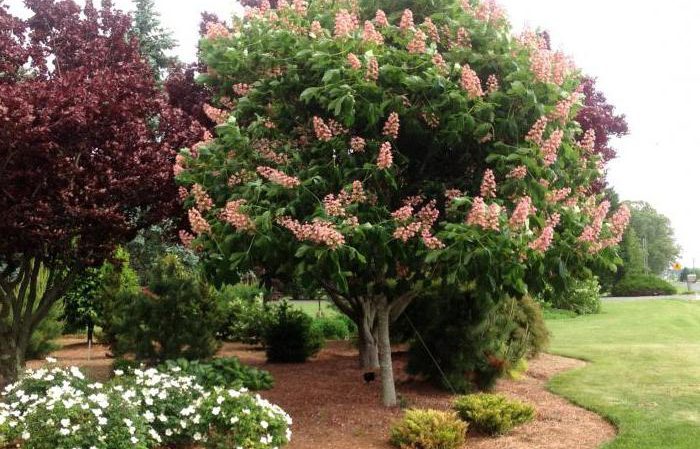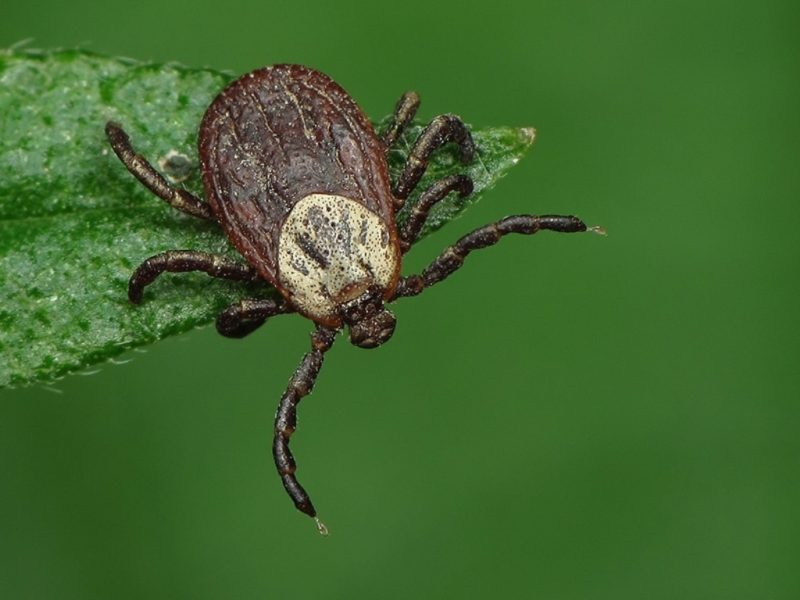How and when you can transplant a chestnut: instructions
The majestic chestnut will decorate any garden. It is noticeably different from other fruit crops; it pleases not only with its lush flowers and bright aroma, but also with its fruits - edible chestnuts are the most popular in Russia. They are used to make cookies, jam, and add to meat dishes.
In order for the chestnut tree to bear fruit consistently, summer residents prefer to move it to a new location 1-2 years after planting. Let's consider when you can transplant a chestnut tree and what recommendations to follow.
Purposes of chestnut transplantation

With the help of replanting, the plant is renewed, becomes less susceptible to disease and produces a larger harvest. The procedure stimulates the development of inflorescences and the formation of branches.
If this is not carried out, the likelihood of shoot development increases and the yield decreases. Insect pests appear on the tree more often, the bark in some places changes color and becomes less durable. The fruits grow small and lose their marketable appearance. This is typical for most fruit trees and shrubs that grow in the garden.
When can chestnut be replanted?
The peculiarity of the transplant is that the tree has a thick trunk and a powerful root system, so the procedure is carried out before the chestnut is 5 years old. Then it will be very difficult to transplant a huge tree to a new place, and this will do more harm to the plant than good.
It is better to do this in spring or autumn
Gardeners replant the plant both in spring and autumn. The second option is preferable, since the soil after summer is already well warmed up, treated from insect pests and diseases, and fertilized with mineral and organic agents.
If you transplant a chestnut in the fall, under snow cover it will quickly adapt to the place of cultivation and will finally take root in the spring.
If a seedling is placed on a plot in the spring, the likelihood of survival decreases. After winter, the earth has not yet warmed up and may contain dangerous microbes and bacteria. However, some summer residents argue that spring planting of chestnuts is the most favorable. Therefore, there is no consensus on the choice of exact dates.
Replanting a young tree

The chestnut is considered young until it is 5 years old. Transplant the young plant to a sunny area or partial shade. Loamy and nutritious soil with a small amount of lime is ideal. Make a hole in advance with a diameter of no more than 50 cm. Water the plant, dig it out along with a lump of earth and carefully straighten the roots.
There should be no signs of rot or signs of disease on the roots. If everything is in order, they are dipped for a couple of minutes in a solution of the growth stimulator “Kornevin” and dusted with dry ash to strengthen the immune system.
The plant is placed in a fertilized hole, sprinkled with earth on all sides, carefully compacted, watered and a metal support is installed nearby.
Old

The tree is transplanted to a new location until it is 25 years old. After reaching this age, the chestnut tree is not able to get used to new growing conditions, and there is no point in replanting it. Gardeners recommend carrying out the procedure in the spring and preparing the soil in the fall. The hole should be proportionate to the size of the tree crown.
In spring, the tree is transported with its crown backwards in a horizontal position. This will require 3-4 people or a garden stroller. A large lump of earth is left on the roots, the chestnut is moved into a hole and carefully sprinkled with soil, periodically shaking the roots so that there are no air voids.
Attention! The root collar of the plant must be above the soil level. Otherwise, traces of rot may appear at the base of the trunk.
It is recommended to add a little river sand or dry sawdust: they will make the soil looser and more susceptible to moisture. After transplanting, the chestnut is strengthened with guy wires so that it grows evenly.
Planting chestnut step by step
In order for the chestnut to bear fruit consistently and not get sick, it is recommended to choose a suitable place for it and prepare healthy planting material.
Selection of planting material
Three-year-old seedlings are selected for planting. It is believed that it is at this age that the plant is best suited for planting in open ground. Chestnut is not as popular a crop as apple or pear, so summer residents buy seedlings in special nurseries. It is important that the plant has a healthy appearance, strong light brown bark and developed shoots.
Attention! To plant a chestnut, prepare gardening tools: a shovel, a rake, a bucket of water, a metal peg (the future support of the tree).
The roots should be long and spread out to the sides. They should not be mixed up, have stains, traces of mold or rot. It is recommended to ask the seller for which regions the plant is suitable, how it behaves when climatic conditions change, and in what year the first harvest occurs.
What to do
For a young tree, prepare a hole measuring 60x50 cm. It is advisable to give it a square-round shape so that there is free space for the development of the root system.
A drainage layer 20–30 cm deep is laid on the bottom, and a mixture of dolomite flour and soil is added.
The seedling is carefully placed at the bottom of the planting hole, sprinkled with loose soil and watered abundantly. You can build supports from wooden pegs, but after 1 year replace them with metal ones.
What kind of soil does chestnut tree like?
Chestnut loves breathable and light soil, pre-fertilized with organic matter and minerals. It is recommended to fill the planting hole with the following composition: 2 parts humus, 2 parts garden soil, dolomite flour and superphosphate at the rate of 50 g per 1 m². This mixture nourishes the earth and normalizes its acidity.
The planting site is cleaned of debris, weeds, and plant debris so that they do not provoke the appearance of diseases and pests.
Where to plant it
The tree is planted in spacious and well-lit areas. There should be no other fruit trees or country houses nearby. The ideal location is a hilly, warm area, located away from underground groundwater and protected from drafts.
Suitable neighbors for chestnuts are nightshade crops (potatoes, tomatoes, eggplants), flower beds or beds with herbs.
Application in landscape design

It is difficult not to notice the chestnut on the site: it is a majestic and bright tree. Landscape designers recommend planting plants one by one. Nearby they install a bench and a small table, and sometimes a couple of flower beds or flowerpots with flowers.
Plants with contrasting foliage look beautiful, for example, walnut, willow, larch. Chestnuts are often planted on a perfectly flat green lawn.
Further care
An adult tree is drought-resistant and therefore does not require constant watering.. On average, it is moistened once every 2 weeks, using 1 bucket of water per 1 m². Young chestnuts are watered approximately once a week, as they are more susceptible to prolonged absence of water. Before each moistening, loosen the soil to a depth of 5 cm and remove weeds. Such simple procedures ensure that water penetrates deep to the roots.
Attention! A mandatory autumn care procedure is winter shelter. The trunks of young plants are protected with burlap and secured so that it does not unravel. If there are cracks in the bark, they are first smeared with garden varnish, and only then the chestnut is wrapped.
Fertilize the crop 2-3 times per season. For spring feeding, prepare a mixture of mullein and urea and apply it under the roots in liquid form. In summer the plant needs superphosphate, in autumn - nitroammophoska. Fertilizing stimulates the development of the root system and strengthens the immune system. After each fertilizer, the base of the tree is sprinkled with a mulching layer: sawdust, grass, hay, spruce branches. Mulch prevents insect pests and protects against cold weather in the fall.
Protection from diseases and pests
If a plant has a weakened immune system, it is susceptible to attack by the chestnut moth. Tree loses leaves due to pest. Iskra or Lufox are used as preventative and treatment measures. They are effective and easy to use. Summer residents inject into the trunk or apply products to the soil during watering.
Trees are attacked by tree mites - small dark brown beetles. They get rid of them using HOM.

Among the diseases, powdery mildew is noted - the enemy of most garden crops.. It appears as white or yellowish spots on the leaves, which grow over time. Due to the disease, the tree’s immunity weakens, its decorativeness and productivity decrease.
The causes of powdery mildew are failure to follow proper care rules and infection by nearby growing plants. Spraying with Bordeaux mixture will help get rid of the disease.
Features of transplantation
A number of factors influence transplantation and its characteristics: region of cultivation, variety and variety of chestnut.
Depending on the variety

There are more than 20 types of chestnuts. The low-growing tree has a bush-like shape; it is much lower than mature trees, more like a tall shrub with a strong trunk. Such plants are planted side by side at a distance of 5 m. The depth of the planting hole is 40–50 cm. Before the procedure, the roots of the seedlings are pruned for quick adaptation.
Plants from other families are called chestnuts. Thus, horse chestnut, or acorn, is the most common in Russia; it quickly gets used to climatic conditions and germinates. Shows the best results in loamy soils. The pit for it is prepared 3 months before transplanting and fertilized carefully, since an excess of minerals leads to acidification of the soil.
One of the types of horse chestnut - Californian - has very beautiful white and pink flowers, for which you need to regularly feed the tree. In the spring, during planting or replanting, nitrogen-containing fertilizers are applied, in the summer - potassium and phosphorus. Only this order of fertilizing guarantees healthy development and lush flowering.
Depending on the growing region
When planting in the south, it is recommended to choose partial shade - an area where the sun shines often, but not intensely.Otherwise, the seedling will feel bad in the constant heat. The soil must first be carefully dug up: it should be light and loose. Afterwards, be sure to water it with water.
When grown in the middle zone of the country or in the north, the planting pit is fertilized with peat, humus and vermicompost. This composition provides the plant with strong immunity, which protects it from diseases and pests. There should be no swampy areas near the tree.
Advice from experienced gardeners
Experienced gardeners carefully select planting material and examine it from all sides. If the seedling has spots, cracks and other defects, it is better not to buy it.
Summer residents recommend:
- soak the seedling in a growth stimulator;
- plant chestnuts one by one;
- make a hole at least 50 cm deep;
- pre-fertilize the pit with organic matter and minerals;
- choose a dry and cloudy day for planting or transplanting;
- do not forget to prepare supports.
Possible errors and their prevention
Novice gardeners sometimes decide to transplant an already mature chestnut tree to a new place. This is wrong: even if it is possible to do this technically, it is unlikely that the plant will adapt to the new location and continue to delight with lush flowering and an edible harvest. Therefore, it is better not to take risks and replant only those trees that are no more than 5 years old.
Another common mistake is to deepen the root collar too much underground. The base of the tree should not be covered with a thick layer of soil - it should be medium in thickness so that air and water can reach the roots. Otherwise, the tree will suffer additional stress, which will negatively affect its development.
This is interesting:
How to plant an apple tree in the fall and how to do it correctly
How to care for remontant raspberries in the fall
Calorie content of sultana grapes and its beneficial properties for health
Conclusion
Transplanting a chestnut tree is not an easy procedure, with many nuances. It is recommended to first study when it is better and how exactly to transplant. Some summer residents carry out the procedure in the fall, others in the spring. In both cases, it is important to prepare the planting hole in advance and fertilize it.
They buy seedlings from specialized nurseries and select three-year-old specimens. Planted in spacious areas, in sun or partial shade, depending on the growing region. Care consists of regular feeding, watering and protective measures.